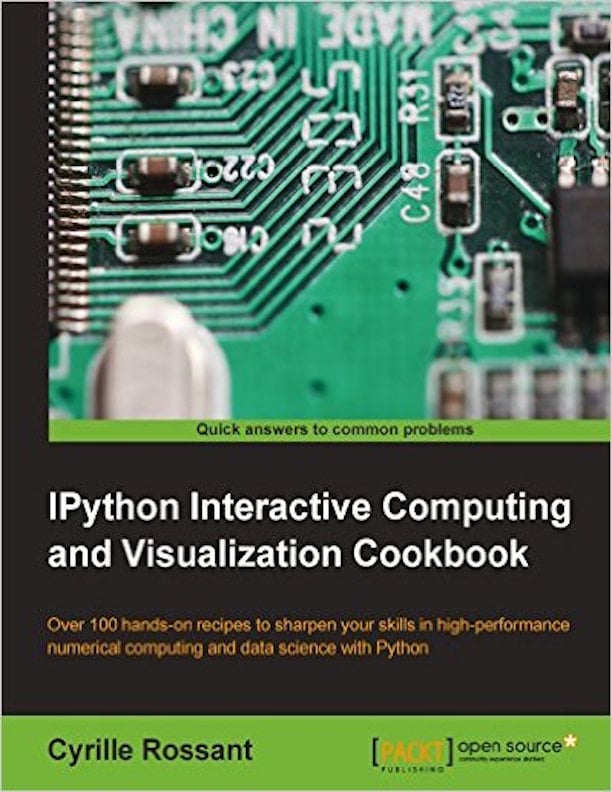
IPython Interactive Computing and Visualization Cookbook IPython Interactive Computing and Visualization Cookbook
Over 100 hands-on recipes to sharpen your skills in high-performance numerical computing and data science with Python
About This Book
- Leverage the new features of the IPython notebook for interactive web-based big data analysis and visualization
- Become an expert in high-performance computing and visualization for data analysis and scientific modeling
- A comprehensive coverage of scientific computing through many hands-on, example-driven recipes with detailed, step-by-step explanations
Who This Book Is For
Intended to anyone interested in numerical computing and data science: students, researchers, teachers, engineers, analysts, hobbyists... Basic knowledge of Python/NumPy is recommended. Some skills in mathematics will help you understand the theory behind the computational methods.
What You Will Learn
- Code better by writing high-quality, readable, and well-tested programs; profiling and optimizing your code, and conducting reproducible interactive computing experiments
- Master all of the new features of the IPython notebook, including the interactive HTML/JavaScript widgets
- Analyze data with Bayesian and frequentist statistics (Pandas, PyMC, and R), and learn from data with machine learning (scikit-learn)
- Gain valuable insights into signals, images, and sounds with SciPy, scikit-image, and OpenCV
- Learn how to write blazingly fast Python programs with NumPy, PyTables, ctypes, Numba, Cython, OpenMP, GPU programming (CUDA and OpenCL), parallel IPython, MPI, and many more
In Detail
IPython is at the heart of the Python scientific stack. With its widely acclaimed web-based notebook, IPython is today an ideal gateway to data analysis and numerical computing in Python.
IPython Interactive Computing and Visualization Cookbook contains many ready-to-use focused recipes for high-performance scientific computing and data analysis. The first part covers programming techniques, including code quality and reproducibility; code optimization; high-performance computing through dynamic compilation, parallel computing, and graphics card programming. The second part tackles data science, statistics, machine learning, signal and image processing, dynamical systems, and pure and applied mathematics.
 Cart
Cart  Checkout
Checkout